Who Will Centipedes Bite?
A type of arthropod, which is a group of little animals including insects, called a centipede, is a kind of animal whose bite can be hazardous to people. A centipede will not necessarily bite if left alone, but touching it or coming into physical contact with it will most likely make it sting. If it bites a child there can be a serious consequences even including death.
Symptoms from a Centipede Bite
A centipede will bite, like most other insects, using a pair of legs, which are located above its head. If felt threatened, a centipede will utilize its legs to penetrate the skin of a person who is attacking it and will pass on its poison. When a centipede bites there will be two little holes, as it bites with both legs at the same time, while many ulcers, as well as swelling, will appear around the spot where the bite took place.

There will be two kinds of signs of the bite, some mild, and others more severe. The formed kind would most likely include a rash, redness of the skin, and some pain, and these symptoms will be present for a couple of days. The latter type will be manifested through a high fever and blood pressure, nausea, headaches, an overall feeling of debilitation, and in some cases psychological distress.
In case a person gets bitten, it is advised that he or she washes the spot with very mild soap, and treat the bite with ice to reduce the pain. If the mild symptoms last longer than a couple of days, the person should definitely seek medical attention.
Also, some individuals are highly allergic to any kind of insect stings, and if such a person gets bitten by a centipede there is a possibility that their throat and mouth will get highly irritated and they will need to be treated by a doctor.
- Of 48 centipede exposures, 3 were centipede ingestions with no adverse effects and one was a contact reaction to the centipede that resulted in erythema and delayed itchiness.
- Of 44 definite centipede bites, the centipedes obtained and formally identified in 14 cases were from the genera Scolopendra (5), Cormocephalus (6), and Ethmostigmus (3). Of these 14 bites, 13 occurred distally (hands or feet). Pain occurred in all 14 cases and was severe in 7 patients. Redness/red mark occurred in 53%, swelling/raised area in 43%, and itchiness in 14%.
- No systemic effects were reported. Ethmostigmus spp. and Scolopendra spp. caused more severe effects.
- Of the bites, 57% occurred indoors and 50% at night. Treatment consisted of supportive measures including ice packs and simple analgesia, and 4 patients reported pain relief after immersing the bite area in hot water. Similar clinical effects were reported in the other 30 definite centipede bites.
Treatment for a Centipede Bite
The kind of treatment that is required to treat a centipede bite depends on the severity of the symptoms and reactions that a person has. There are simple home solutions one can apply to treat the bite that is only producing mild kinds of symptoms, and one such cure is urine. Also, papaya and onions are good for treating the discomfort caused by the bite.
On the other hand, if the reaction is a little more severe and the person goes to a hospital, they will be asked for a urine sample, and the bite would be treated to avoid any infections. Further, a shot of tetanus is highly recommended in situations like this and so are various painkillers, in case the person finds the discomfort unbearable.
An EKG test will be performed to make sure the person’s heart is doing fine and there may be some anti-allergy drugs administered, to avoid any further risks of having an adverse reaction. After being advised to take antibiotics, the patient is usually dismissed.
Is a Hornet Bite Worse than Centipede?
Many insects defend themselves by biting their perceived attackers and while some bites are relatively benign, others can lead to serious discomfort and distress. And yet others can even be fatal if the person has a particularly strong allergic reaction to the poison injected through the sting.
A hornet’s bite is similar to that of a centipede in the sense that it will create a rash and produce an ulcer, as well as cause physical discomfort. Similarly, if a person has a severe allergic reaction the result could be fatal, just the same as with a sting from a centipede.
Treatment for a Hornet’s Bite
Similarly to a bee’s bite, if an individual gets bitten by a hornet, there is a possibility that a sting will be left penetrating the skin, which should be taken out. As is the case with a centipede’s bite, it is advised that the spot is washed with very mild soap and pressed with ice to reduce the pain.
In case the symptoms last for a long time or escalate with time, the bitten individual should contact a health care provider and get further treatment
. Finally, the procedure for dealing with one of the last aspects of being bitten by a hornet, facing a more serious allergic reaction, is very similar to that of the centipede’s bite. A more severe allergic reaction involves swelling of the throat and the mouth, while it can also include having trouble breathing and the overall feeling of being very exhausted.
The consequences can be very serious as they involve death in some of the more extreme cases of allergies, and those who are prone to having severe reactions to insect bites should be very well aware of the steps of treatment after being bitten.




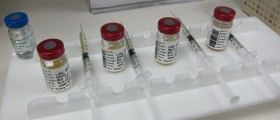
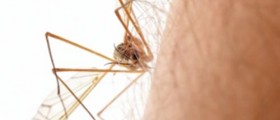

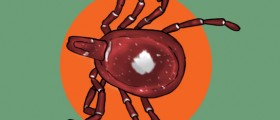
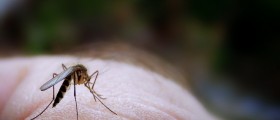

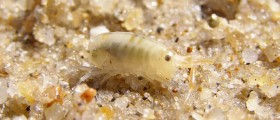
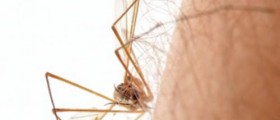




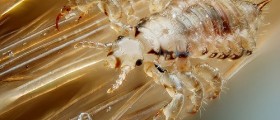
Your thoughts on this
Loading...